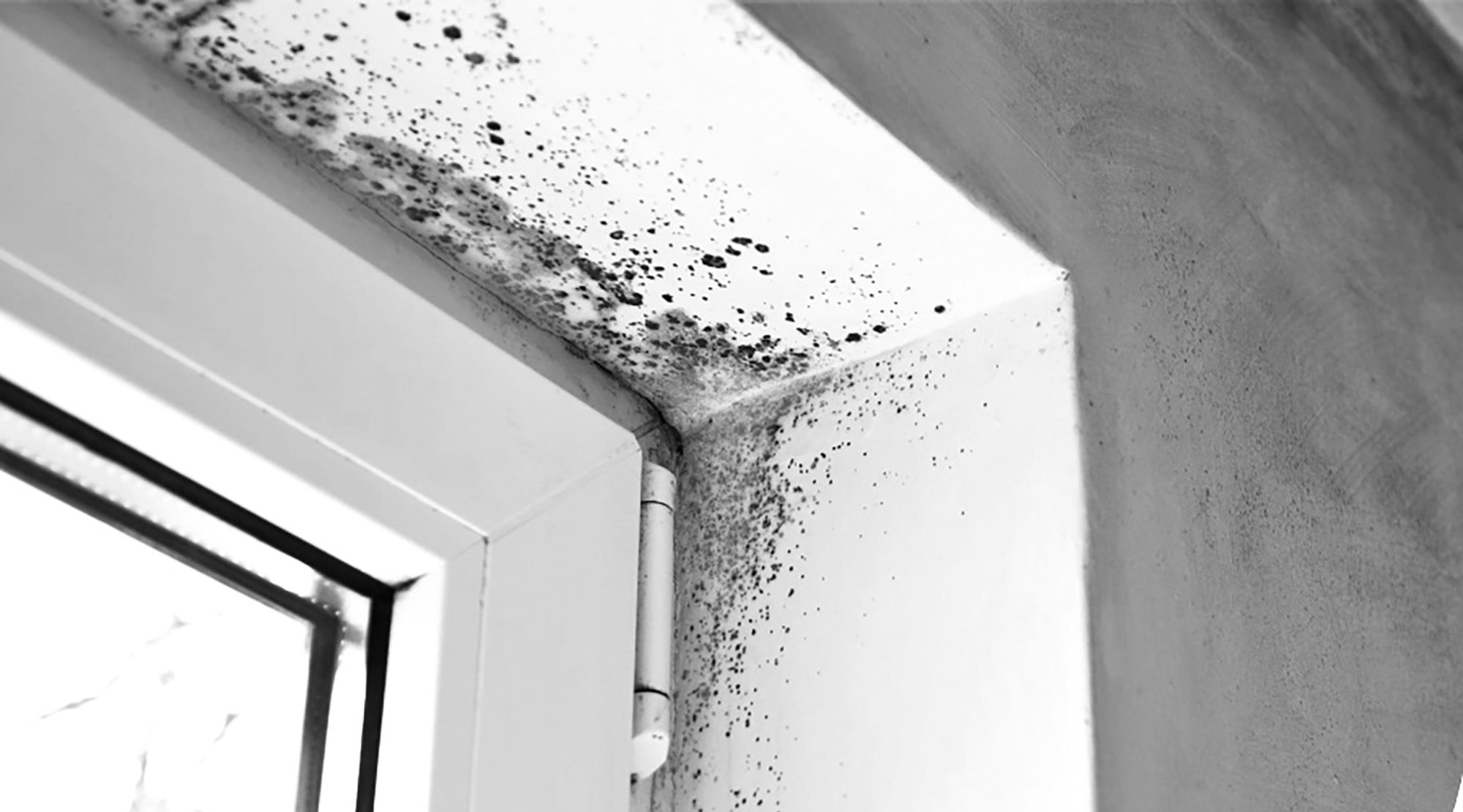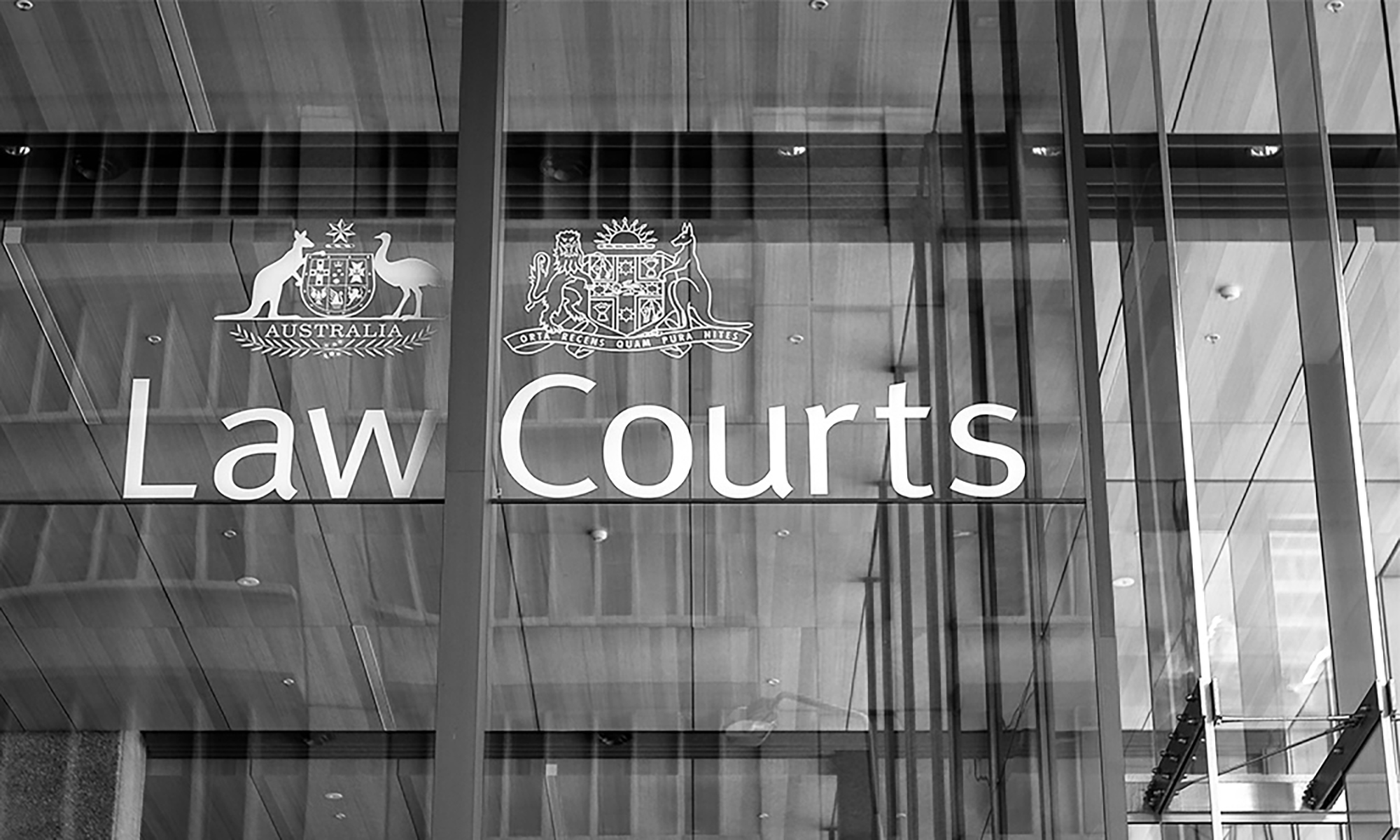Following the footsteps of a high profile Hollywood lawsuit being broadcast all over the media for the past few months, a criminal case has been recently opened in Queensland in an attempt to take to court a transgressor that has evaded penalisation for far too long.
According to the case’s prosecutor, Stachybotrys chartarum (or Black Mould, as it is known in the streets) can not only be charged with trespassing, damage to private property and attempt to public health, but also unlawful stalking as multiple victims came forward accusing it of constantly coming back.

Afflicted by over 80 days of rain only in the first five months of 2022 plus winter just around the corner, it is no surprise Queensland declared war against what’s being called Public Enemy #1.
Mould – a criminal profile
Mould is a type of fungi that does particularly well on damp and poorly ventilated spaces and reproduces by creating spores which, when landing on damp areas, begin to spread.
There is not a practical way to eliminate mould as even residual airborne spores will continue to grow and affect the space as long as there is dampness. The most effective way to treat it, then, is to control the source of moisture.
In constant rainy weather such as this, mould has become a hard-to-solve issue on several properties across Brisbane.
The pressed charges
Other than putting down roots without the resident’s permission (which has been ruled an offence of the Invasion of Privacy Act 1971), untreated mould can trigger respiratory issues such as sneezing, cough, nasal congestion and respiratory infection, plus making asthma and allergic conditions worse.
Other than health issues, mould can irreversibly damage personal belongings or even compromise the structure of a property.

Public retaliation
Since law enforcement has denied any responsibility to act, the question remains: should the Landlord or the Tenant be the one acting to stop the mould?
Given the owner has the responsibility to keep the property with a reasonable state of habitation, if the structure of the building is the main cause of the mould (a roof leak, for example) then it is also their responsibility to arrange treatment.
If the property has no serious structural condition that is allowing mould to grow in the internal areas, then it is the tenants responsibility to clean it.
Regardless, it is important that once spotted, the victims of mould are not afraid to come forward to the relevant authorities (Property Managers) so both parties can be aware of the issue.
Quick response to the problem
In a heated statement, the defence lawyer declared it is shocking that people are willing and able to eliminate his client from their homes using simple products. The prosecution, however, encourages any victim to take action before it is too late.
Shortly after the statement, the prosecution team unapologetically released to the press a checklist process to eliminate the threat.
Evaluate the damage:
- Porous surfaces (textile, cardboard, paper etc) when affected by mould are most likely forever lost and need to be thrown away.
- Non-porous surfaces (hard plastics, walls etc) are more straightforward when cleaning.
- On grouting or silicone, mould develops roots and getting rid of it is almost impossible – you’re very likely in for a full re-grout or silicone replacing.
Vacuum the area:
Vacuum the mould from the surface to stop spores from being released in the air during the cleaning process. Your vacuum will need a HEPA filter otherwise it could just make it worse.
Remove the mould:
- Pour a concentration of 80% vinegar to 20% water into three buckets.
- Using a microfibre cloth, dip it into the first bucket and slowly use it to clean one patch at a time.
- The microfibre cloth should then be rinsed in the second bucket, then rinsed again in the third to avoid cross-contamination.
- If after using vinegar you still have streaks or discolouration, you should be able to remove those with bleach.
Microfibre cloths, which reach deep into tiny crevices and have a slight electric charge, can be bought cheaply and washed on a hot cycle in the washing machine with vinegar up to 100 times.
When the mould covers a large area and/or is too dense to clean, hiring a professional mould removalist might be necessary.
When approached by our team on his way out of court, Stachybotrys chartarum’s defence lawyer just proffered an annoyed “no comments”. Black Mould, however, wasn’t so subtle, posting a direct threat to the prosecution team on his Twitter: “that new carpet is looking great”.

With so many properties being affected by mould due to rainy weather and recent floods, it is important to have a knowledgeable team caring for your property. At Odyssey Property Concierge, our highly experienced team works with smaller portfolios per agent, allowing our Property Managers to dedicate more time resolving such problems.




